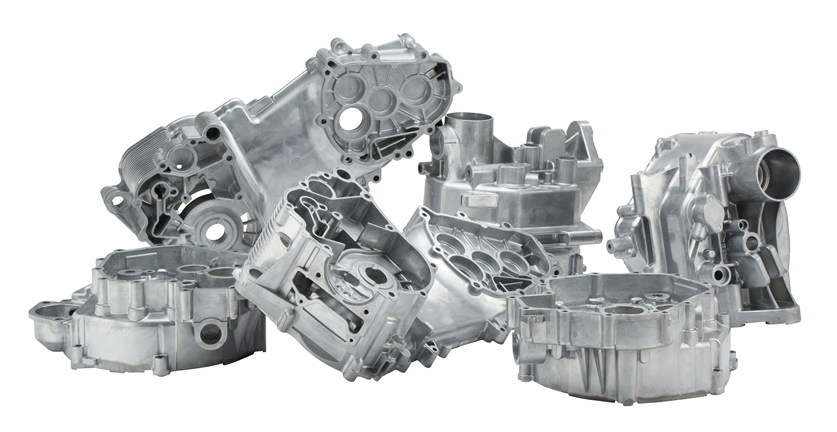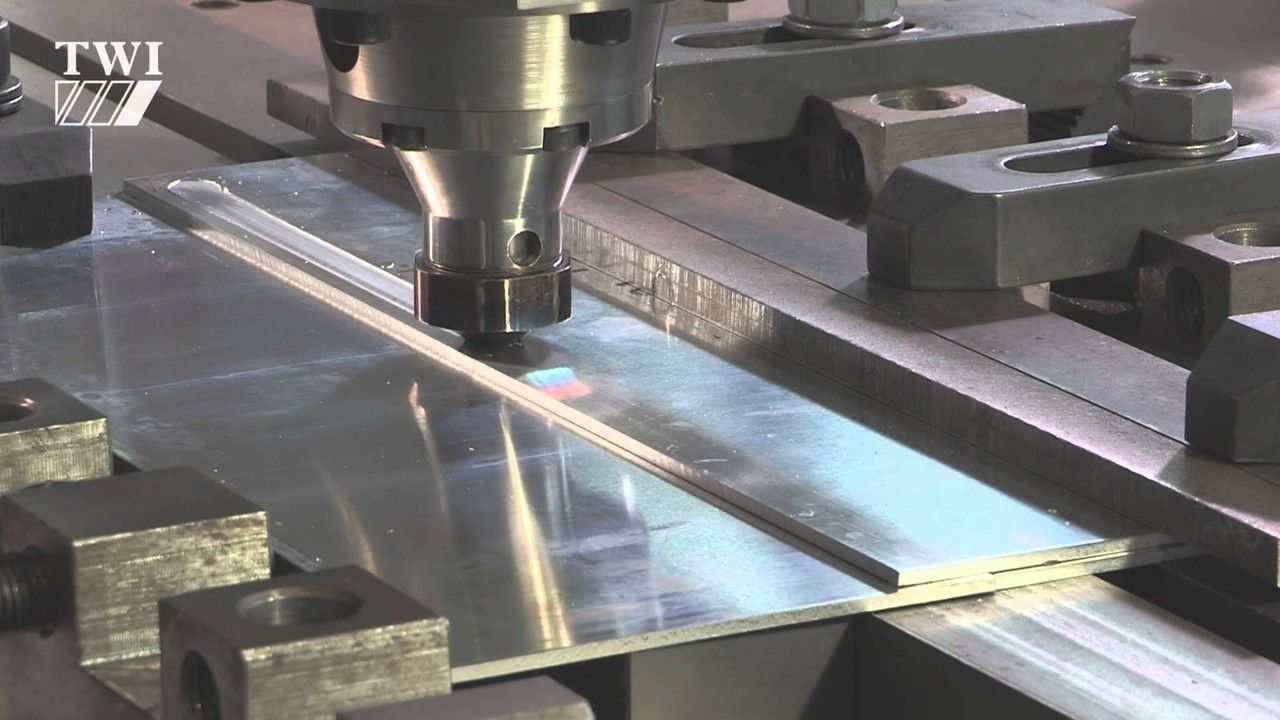1. What is FSW?
FSW, which stands for Friction Stir Welding, is a solid-state joining process (meaning the metal is not melted during the process) and is used for applications where the original metal characteristics must remain unchanged as far as possible. This process is primarily used on aluminum, and most often on large pieces that cannot be easily heat treated post weld to recover temper characteristics. It was invented and experimentally proven by Wayne Thomas and a team of his colleagues at The Welding Institute (TWI) UK in December 1991. TWI holds several patents on the process, the first being the most descriptive.

2. Operating principle
In FSW, a cylindrical-shouldered tool, with a profiled threaded/unthreaded probe (nib or pin) is rotated at a constant speed and fed at a constant traverse rate into the joint line between two pieces of sheet or plate material, which are butted together. The parts have to be clamped rigidly onto a backing bar in a manner that prevents the abutting joint faces from being forced apart. The length of the nib is slightly less than the weld depth required and the tool shoulder should be in intimate contact with the work surface. The nib is then moved against the work, or vice versa.
Friction between the rotating head (with good abrasion resistance) and the part causes the base metal of the weld to change into a plastic flow state on the surface. However, this heat is not enough to cause the entire weld to melt like in the arc welding process.
When the rotating head moves along the weld, the metal part reaches a plastic flow state appearing on the surface along the path of the rotating head. When cooled, the weld metal forms a hard bond between the two parts. The weld is formed.
3. Advantages of FSW
 The mechanical properties and fatigue strength of the product are superior to those of other processes.
The mechanical properties and fatigue strength of the product are superior to those of other processes.
 Energy savings compared to other processes ⇒ Reduce costs.
Energy savings compared to other processes ⇒ Reduce costs.
 No need to use welding materials or protective gases ⇒ Reduce costs and product volume ⇒ Ideal for lightweight yet safe products like cars and aircraft.
No need to use welding materials or protective gases ⇒ Reduce costs and product volume ⇒ Ideal for lightweight yet safe products like cars and aircraft.
 No (rarely) need for post-welding heat treatment and minimizes welding deformations ⇒ Reduces costs and improves quality.
No (rarely) need for post-welding heat treatment and minimizes welding deformations ⇒ Reduces costs and improves quality.
 Absence of welding defects, spatter, or fumes ⇒ No rework needed, ensuring operator safety.
Absence of welding defects, spatter, or fumes ⇒ No rework needed, ensuring operator safety.
 Full automation potential in production ⇒ Increased productivity and no need for highly skilled welders ⇒ Cost optimization.
Full automation potential in production ⇒ Increased productivity and no need for highly skilled welders ⇒ Cost optimization.
 Ensures high product quality even in the presence of deviations in Jig setting tolerances before welding.
Ensures high product quality even in the presence of deviations in Jig setting tolerances before welding.
 Enables welding of materials previously considered unweldable (2xxx and 7xxx alloy groups)
Enables welding of materials previously considered unweldable (2xxx and 7xxx alloy groups)
4. Disadvantages of FSW
 When welding materials with high melting points (steel, titanium), it is necessary to use a complexly manufactured rotary head ⇒ Expensive.
When welding materials with high melting points (steel, titanium), it is necessary to use a complexly manufactured rotary head ⇒ Expensive.
 ESAB does not provide rotary heads for FSW and must be purchased from outside.
ESAB does not provide rotary heads for FSW and must be purchased from outside.
 Requires quite a large downward force (in the Z axis) while welding ⇒ requires jigs, mounts, and bottom lining during welding.
Requires quite a large downward force (in the Z axis) while welding ⇒ requires jigs, mounts, and bottom lining during welding.
5. Applying FSW technology at KRICO
Currently, Krico is applying FSW technology to production activities. This technology is transferred from Taiwan and designed and installed in Vietnam by Krico Taiwan (parent company). After installation is complete, Krico employees receive practical training and put it into operation. FSW is now utilized for crafting Cold plate products, essential for assembling VinFast's electric vehicles.
Below is a descriptive example of FSW technology at Krico:



2 separate components Part after using FSW - Front side Part after machining - Behind side


 Việt Nam
Việt Nam

